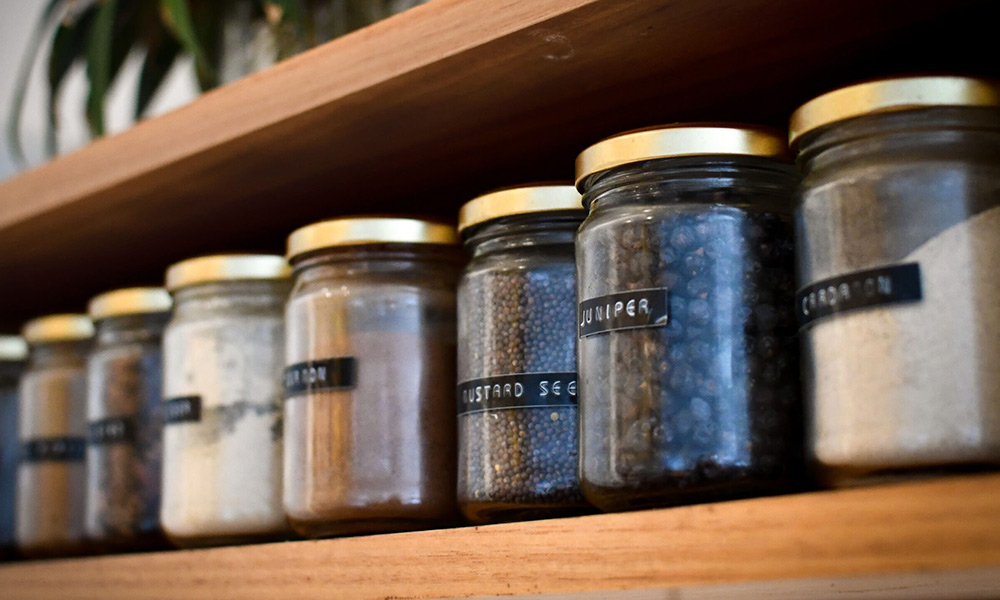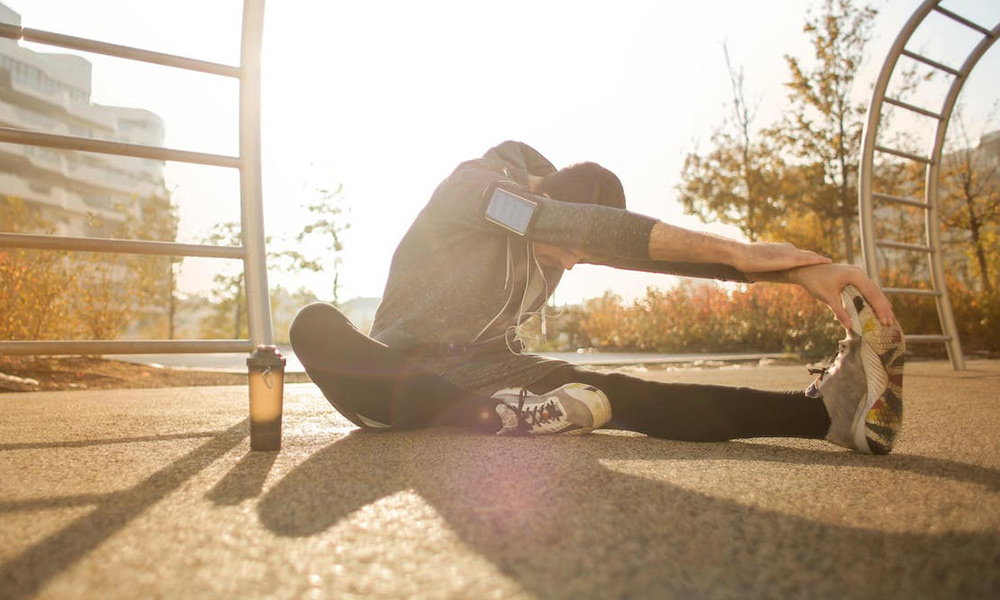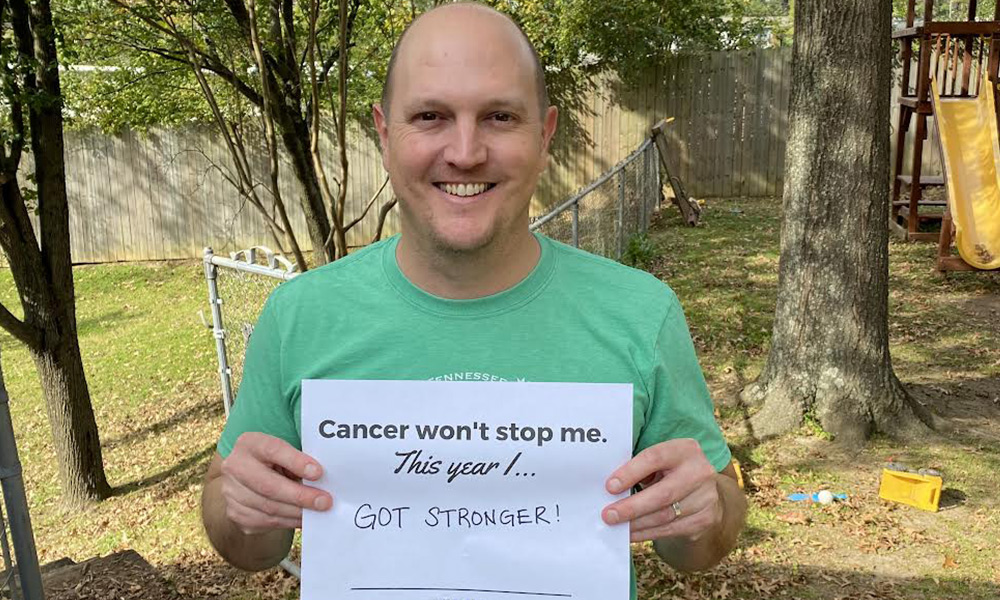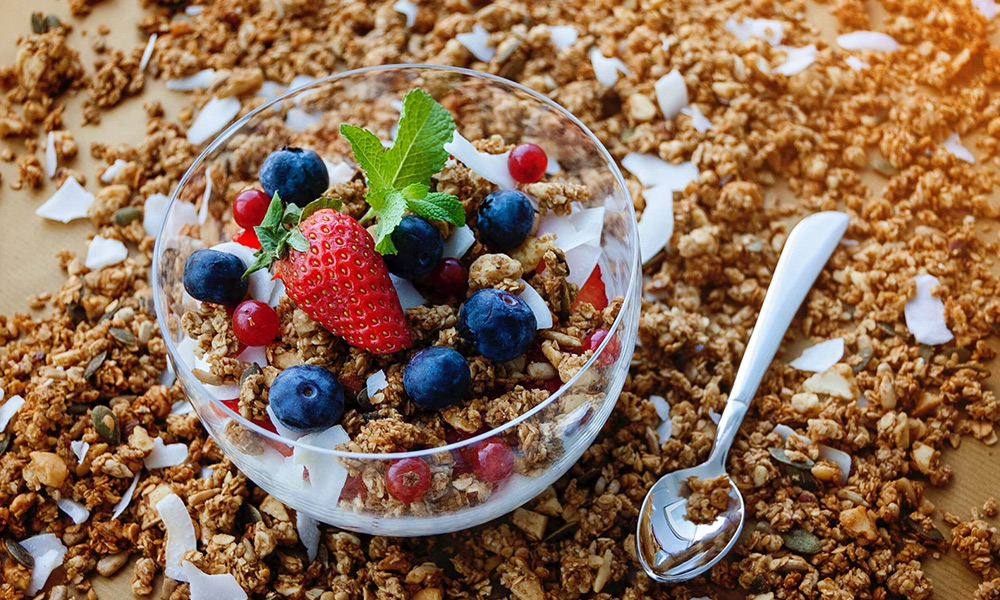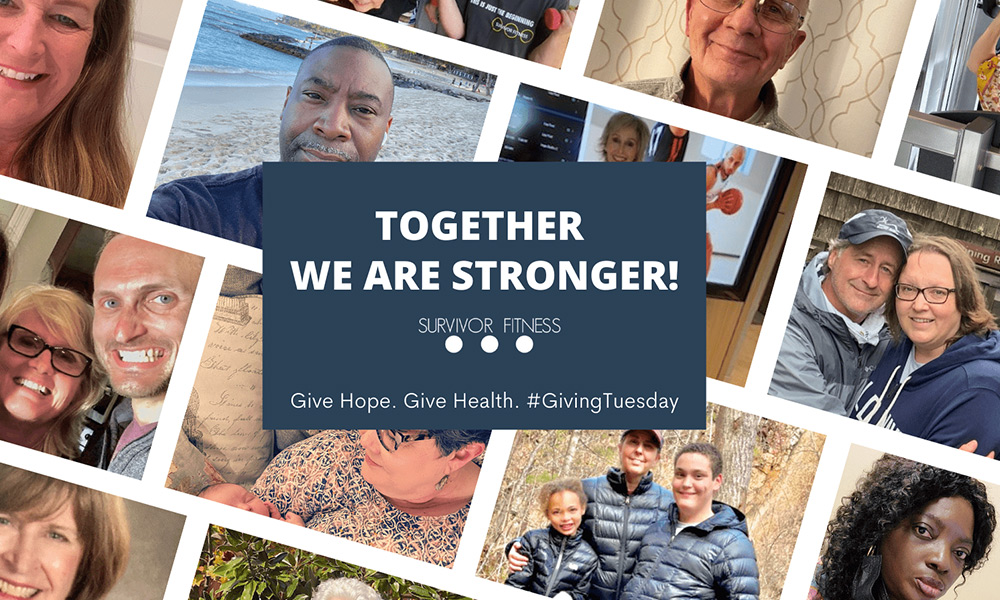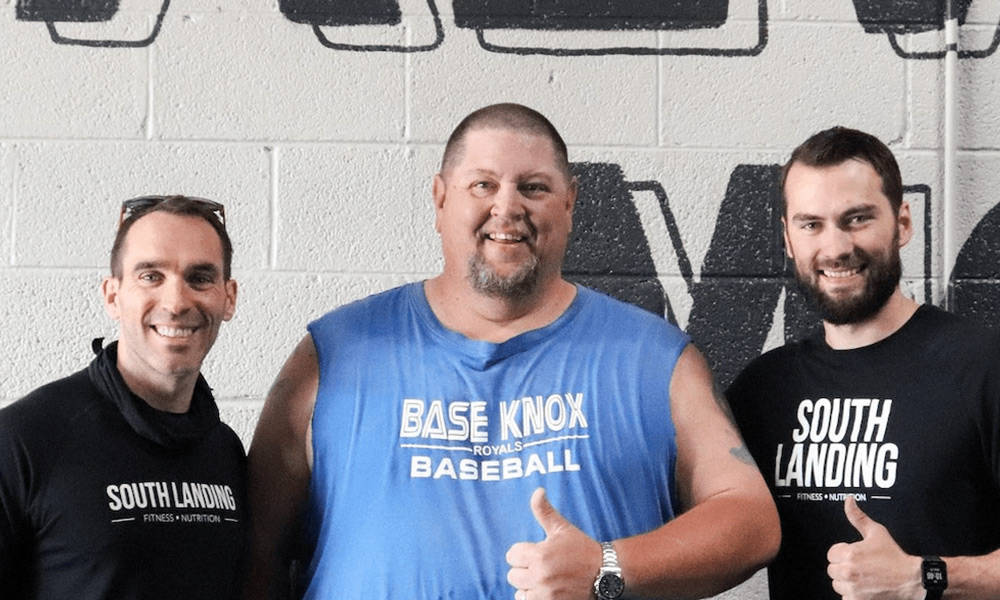Sure, the idea of easy healthy snacks and having a nutritious pantry sounds good, but where do you begin making daily life changes like this? Improving your eating may not be as hard as you think it is, especially when you learn simple food swaps and consistently practice intuitive eating.
To help with stocking your kitchen with nutritious foods, we’ve provided some inspiration to get you started!
1. Keep Healthy Staples Organized and Stocked
Before you can accurately stock your home with nutrient-rich foods, you need to start by cleaning out what you don’t need. Get rid of the junk that you know adds nothing nutritious to your meals or snacks—out of sight, out of mind! From there, try utilizing containers to group certain food groups, on-the-go snacks, dry-storage sides, nuts and dried fruits, etc., or homemade microwavable meals. Try to have a designated space for certain kinds of foods so you always know where they’re located. Take a cue from retailers: make your healthiest food the easiest to grab, and the most attractively organized. The humble fruit bowl works for a reason: it places apples, oranges, and bananas out in the open to encourage healthy snacking.
Interested in more categorized organization? Try refining your go-to lists into kitchen categories and ensure you always have your staples stocked.
For instance:
- Pantry
- Whole grain pasta
- Old-fashioned oats
- Organic flours
- Quinoa
- Freezer
- Frozen vegetables and fruits
- Low-fat or low-sugar ice cream (to satisfy the sweet tooth!)
- Whole wheat bread, or bagels
- Fish
- Refrigerator
- Coconut or almond milk
- Eggs
- Sliced deli meat
- Unsalted butter
- Baking Shelf
- Organic sugar
- Coconut flour
- Unsweetened cocoa powder
- Maple syrup
2. Learn The Basics
Starting is the hardest part of any change or project! That’s why we want to give you a few core initial items to add to your upcoming grocery list, categorized by food type. Once you find what you like, keep a running list of these ingredients so you’ll recognize when you’re running low.
- Dry Goods
- Whole wheat pasta
- Brown rice
- Rolled oats
- Nuts, legumes, and seeds
- Pecans, walnuts, almonds, or your favorite nut
- Peanut butter
- Chia, flax, or your seed of choice
- Fruits and Vegetables
- Fresh fruits (strawberries, bananas, grapes, raspberries.)
- Long-lasting vegetables (onions, potatoes, butternut squash, carrots)
- Green leafy vegetables (kale, spinach)
- Cruciferous veggies (broccoli, cauliflower)
- Proteins
- Eggs
- Chicken or lean beef
- Fish
- Greek yogurt
- Cottage cheese
- Canned Goods
- Your favorite broth
- Tomatoes
- Beans, pulses, and legumes
- Tuna
3. Plan Your Days Ahead
One of the most critical steps to altering your kitchen practices is to plan your days and weeks ahead of time. Start by designing your three main meals: healthy breakfasts, lunches, and dinner. Once you’ve got that down, plan a few go-to healthy snacks that are easy to grab. Another action that will help you is to prepare these meals early, if possible. Pick a day of the week to designate your “food prep” day and lean into it!
To help you get started, here are some ideas:
- Lunch Ideas
- Boiled eggs, peanut butter, and apples
- Chicken salad lettuce wraps
- Greek salad
- Dinner Ideas
- Whole grain spaghetti or spaghetti squash
- Salmon with asparagus
- Snack Ideas
- Hummus with pretzels
- Low-sugar snack bars
- Greek yogurt parfait
4. Keep Your Groceries Colorful
Taste the rainbow—seriously! Adding colorful, healthy foods to your diet offers numerous nutrients that are beneficial to your physical health. In fact, according to a study by the International Journal of Epidemiology, eating habits that include more fruit and veggie intakes reduce the risk of cardiovascular disease, cancer, and all-cause mortality.
According to Harvard Health Publishing, each color has different benefits:
- Reds—protect against colon cancer and heart and lung disease
- Yellows and Oranges—can help prevent heart disease
- Greens—rich in cancer-blocking chemicals
- Blue and Purples—can block the formation of blood clots
- Whites and Browns—have anti-tumor effects
If you’re a cancer survivor looking for more nutritional guidance and support, Survivor Fitness is ready to connect you to the right nutritionist to help you regain control of your life.
